Learn How to Identify Different Style Aesthetics
Ever wondered about the different types of interior design styles? Maybe you’re thinking about switching things up but can’t quite decide which direction to go. Don’t stress—there’s a style for every taste, and we’re here to help you find the one that fits you like a glove.
Whether you’re a design aficionado or just starting out, understanding what sets styles like contemporary from the Mediterranean can be a bit tricky. That’s why we’ve put together the ultimate guide to break down the different interior design styles. We’re in a fortunate position to incorporate these different styles into our work and we’re excited to share our insights with you. So, let’s explore and find the perfect look for your space!
Art Deco
Step into the glamour of the roaring ’20s with Art Deco, a style that exudes luxury and sophistication. Characterised by bold colours like rich blacks, golds, and deep greens, Art Deco is all about making a statement. Geometric patterns are a hallmark of this style, often seen in everything from floor tiles to decorative accents. Materials such as brass, chrome, and marble are commonly used, adding to the opulent feel. Think mirrored furniture, bold, symmetrical designs, and a touch of the exotic with elements like lacquered finishes and inlaid wood.
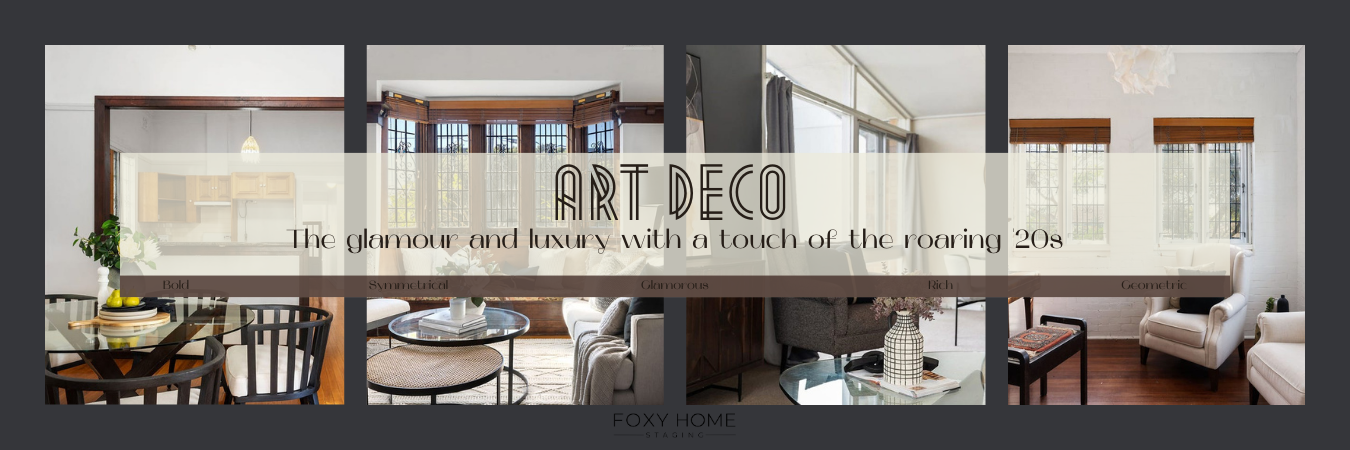
Contemporary
Contemporary design is all about what’s trending and new. Currently in the 2020’s, it focuses on clean lines, sleek surfaces, and a minimalist approach. The colour palette tends to be neutral, with shades of white, black, grey, and beige dominating the scene. Contemporary furniture often has smooth, polished surfaces and geometric shapes. Metal, glass, and concrete are commonly used materials. This style is all about simplicity and functionality, avoiding excessive ornamentation and clutter. It’s perfect for those who wish to create a sleek, uncluttered, and sophisticated space.
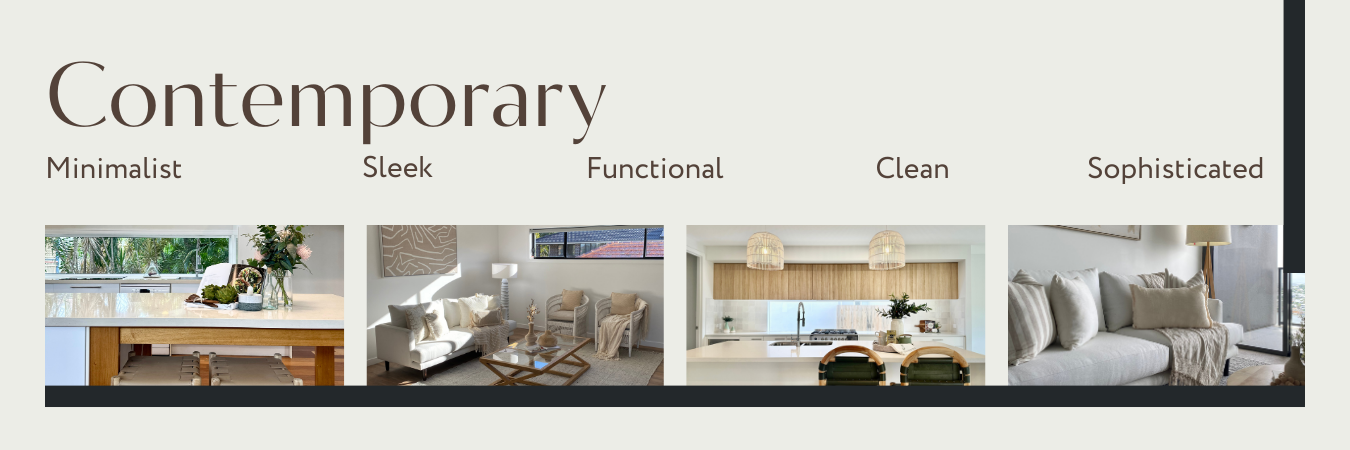
Elevated Coastal
Picture a beach house with large windows, soft drapes, and lots of natural light streaming in, that is what Coastal style is all about. It brings the serenity of the beach right into your home. It’s a light, airy look that uses a palette of whites, soft blues, and sandy beiges to create a calming atmosphere. Natural textures like wicker, rattan, and weathered wood are staples in this style, often paired with nautical elements such as rope, seashells, and marine-inspired decor. Linen and cotton fabrics keep things breezy and relaxed.
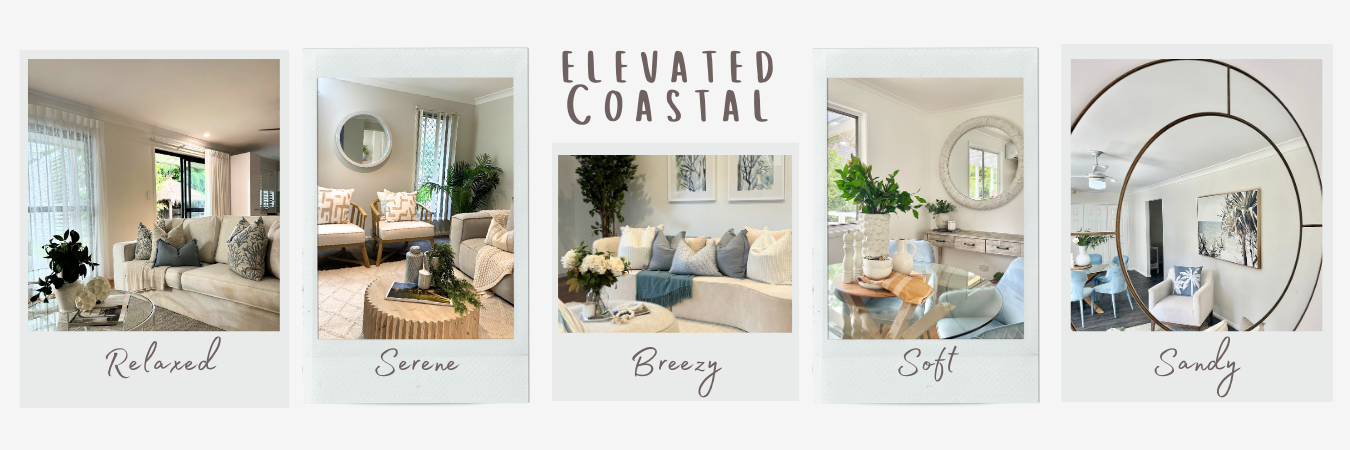
Hamptons
Inspired by the upscale beach houses of New York’s Hamptons, this style combines elegance with coastal charm. It features a neutral colour palette of whites, creams, and soft blues, often accented with natural materials like modern wood and stone. Furniture in the Hamptons style is classic and comfortable, with plush seating and slipcovered sofas. Large windows, open spaces, and lots of natural light are key elements. The Hamptons style is perfect for those who love the beachy vibe but want a look that’s polished and timeless.
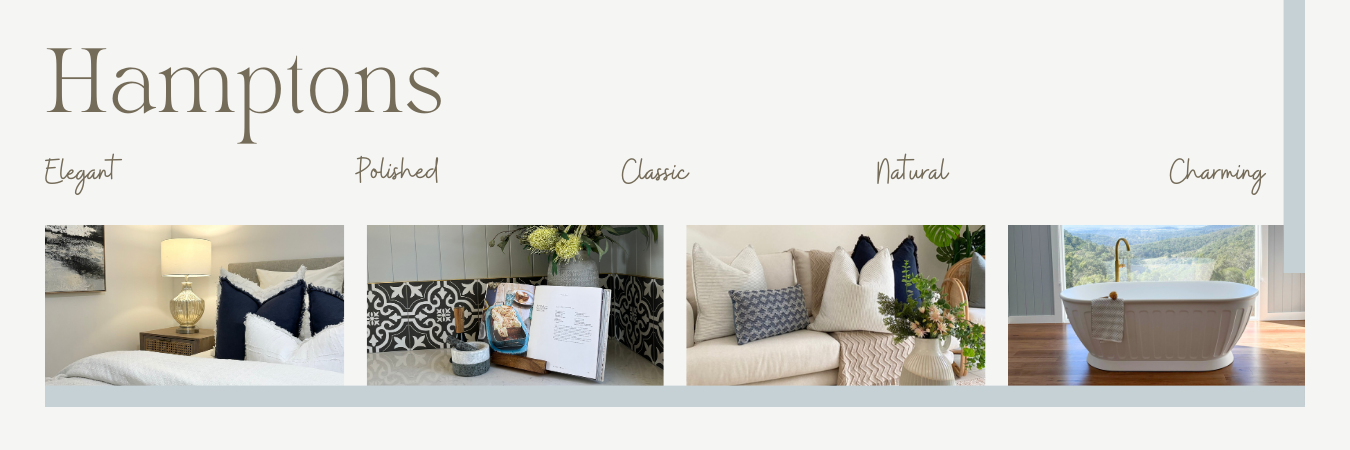
Scandinavian
Scandinavian design is all about simplicity, functionality, and beauty. This style uses a neutral colour palette dominated by whites and greys that create a bright and airy atmosphere. Furniture is minimal and functional, often featuring clean lines and natural materials. Textiles like wool, sheepskin, and linen add warmth and texture. The term “hygge”, in Danish, means to create a warm atmosphere and enjoying the good things in life with good people. This concept is central to Scandinavian design, emphasising comfort and cosiness with elements like soft lighting, candles, and simple, thoughtful decor. It’s a perfect style for creating a serene and uncluttered space.
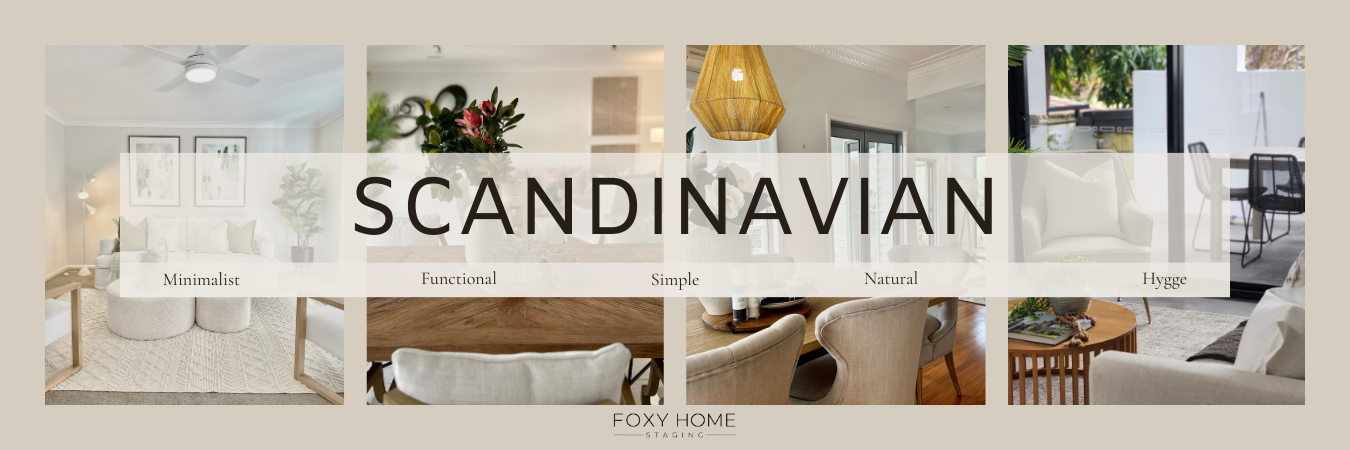
Tribal
Tribal interior style draws inspiration from the rich and diverse cultures of indigenous tribes around the world. This style is characterised by earthy colour palettes, natural materials, and handcrafted decor. Tribal style incorporates elements like animal prints, leather, and natural fibres, creating a warm and grounded atmosphere. It celebrates artisanal craftsmanship and often includes statement pieces that tell a story, adding depth and cultural significance to the space.
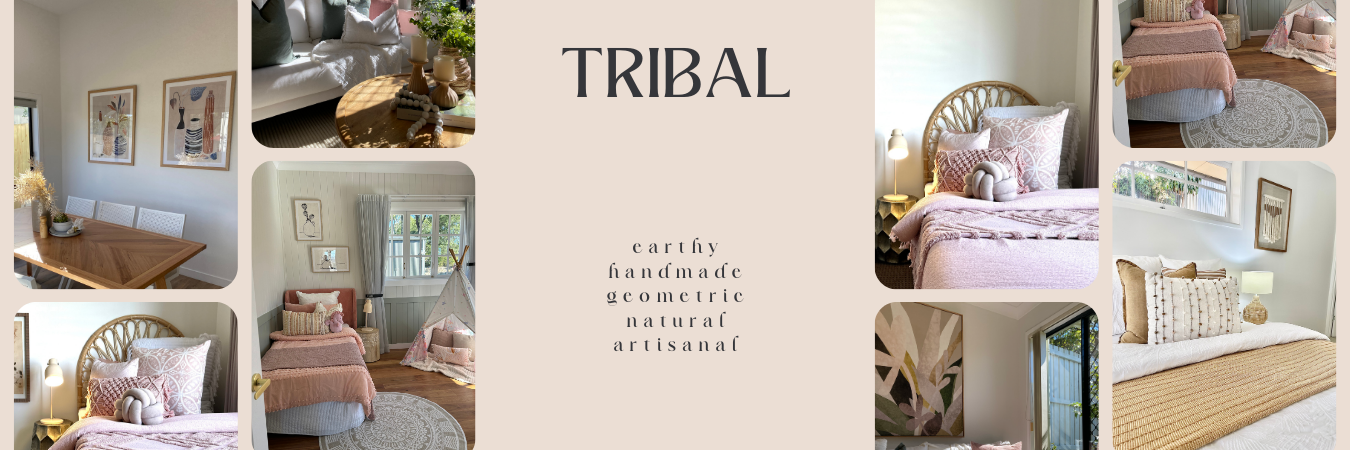

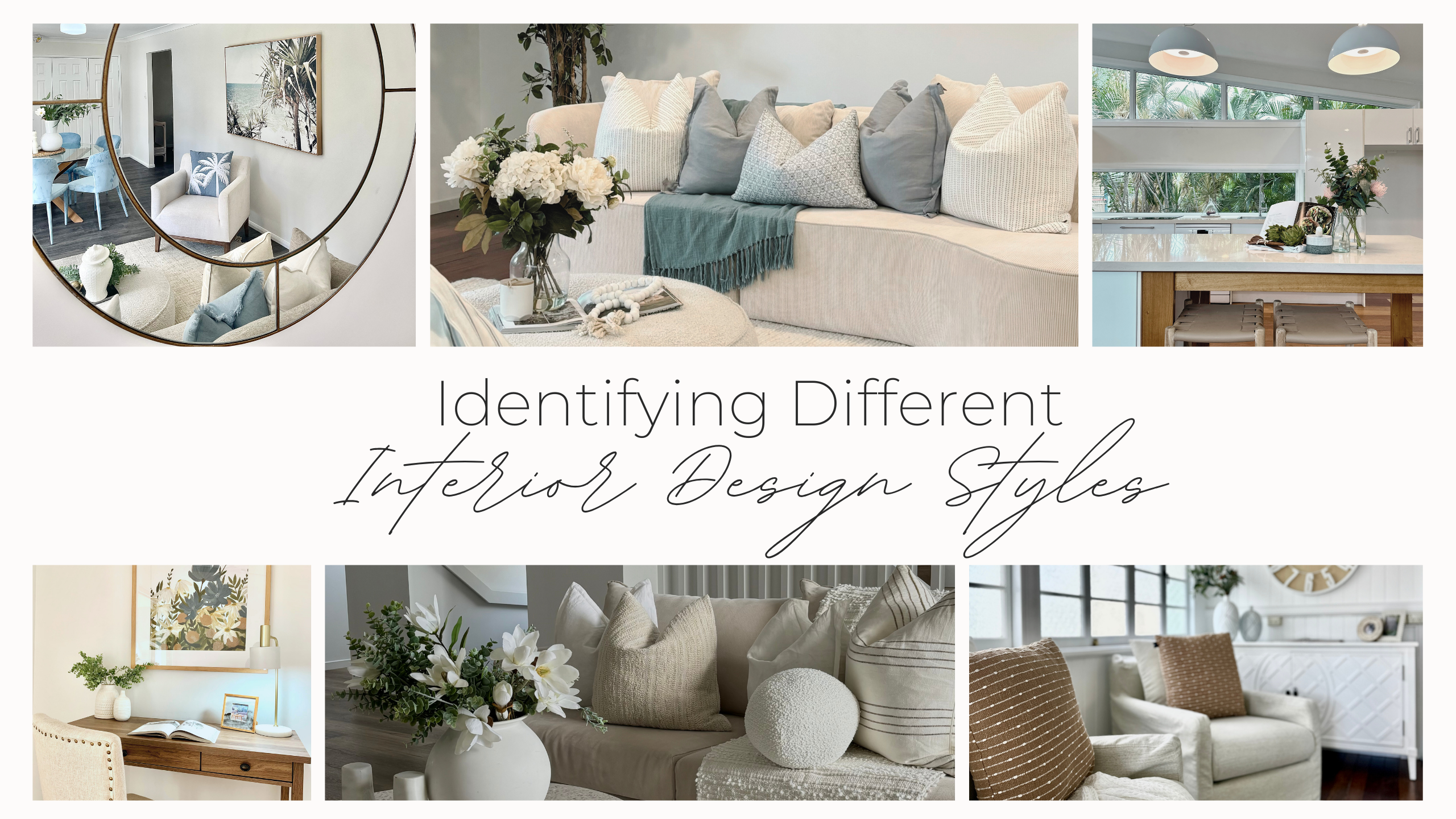




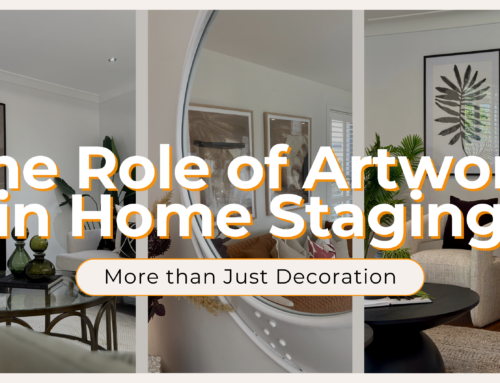
Facebook Comments